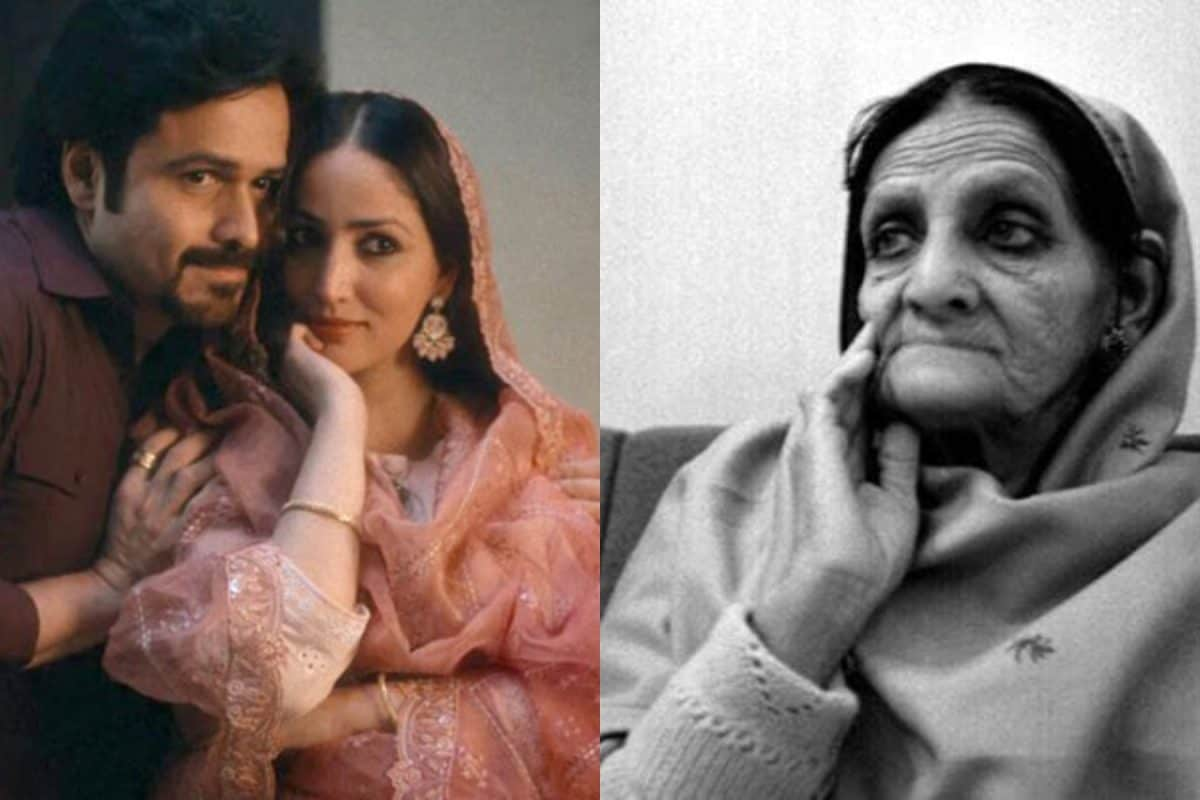Regional Cinema's Rise
Indian cinema isn't just about Bollywood; it thrives on the strength of its regional film industries. Marathi cinema has its distinct identity, offering
its own brand of storytelling. South Indian cinema is a powerhouse, with multiple languages and styles. Both these regional industries are important contributors to India's cinematic diversity. Their films often reflect local cultures, social issues, and unique narratives that resonate deeply with their audiences. The rise of these regional cinemas shows the rich diversity and depth of Indian filmmaking, capturing the hearts and minds of people across the country, highlighting the fact that cinematic excellence is not just limited to a single industry or language, but can be found in all parts of India.
Trends and Transformations
The Indian film industry is constantly evolving, adapting to new technologies, audience preferences, and social contexts. Current trends include the growing popularity of content-driven films over the big-budget ones, the rise of OTT platforms, and the blending of different regional styles. Filmmakers now experiment with different genres, innovative storytelling methods, and visual effects. The shift towards digital platforms is also transforming how movies are created, distributed, and consumed. This allows independent filmmakers a wider reach and provides viewers with greater accessibility to diverse cinema. The industry’s willingness to embrace these changes and the audiences' open-mindedness are transforming the entire landscape.
Spotlight on Talent
Indian cinema is a space where talented actors, directors, and writers are constantly emerging. These individuals bring fresh perspectives, innovative approaches, and compelling narratives to the industry. New talent is coming from different parts of the country, contributing to the industry's overall growth and variety. The spotlight is often on emerging filmmakers who are willing to take risks and push boundaries. They are celebrated for their unique creative voices. These people are reshaping the face of Indian cinema. They are contributing to the industry's evolution by bringing innovative ideas, fresh perspectives, and unique styles that resonate with audiences and critics.
Cinema's Social Impact
Movies in India are not just a form of entertainment; they deeply influence people's perceptions, values, and societal issues. Cinema can be a powerful tool to spark conversations about societal challenges, promote cultural understanding, and inspire social change. Films that address social issues like gender inequality, caste discrimination, and environmental conservation can have a significant impact on raising awareness. It contributes to reshaping perspectives and influencing behaviors. Cinema often reflects the values of the people while, at the same time, it also promotes a better society.
A Look Ahead
The Indian film industry's future looks promising, full of innovation, diversity, and global appeal. With the rise of digital platforms, international collaborations, and increasing exposure to world cinema, Indian films will have a broader reach. The industry will continue to grow, with the potential for increased cultural exchange and global recognition. It will provide new opportunities for talented people, expand the variety of content, and captivate audiences with diverse stories. The Indian film industry will continue to be a major cultural force. It will also be a vital sector that influences social dialogue.

